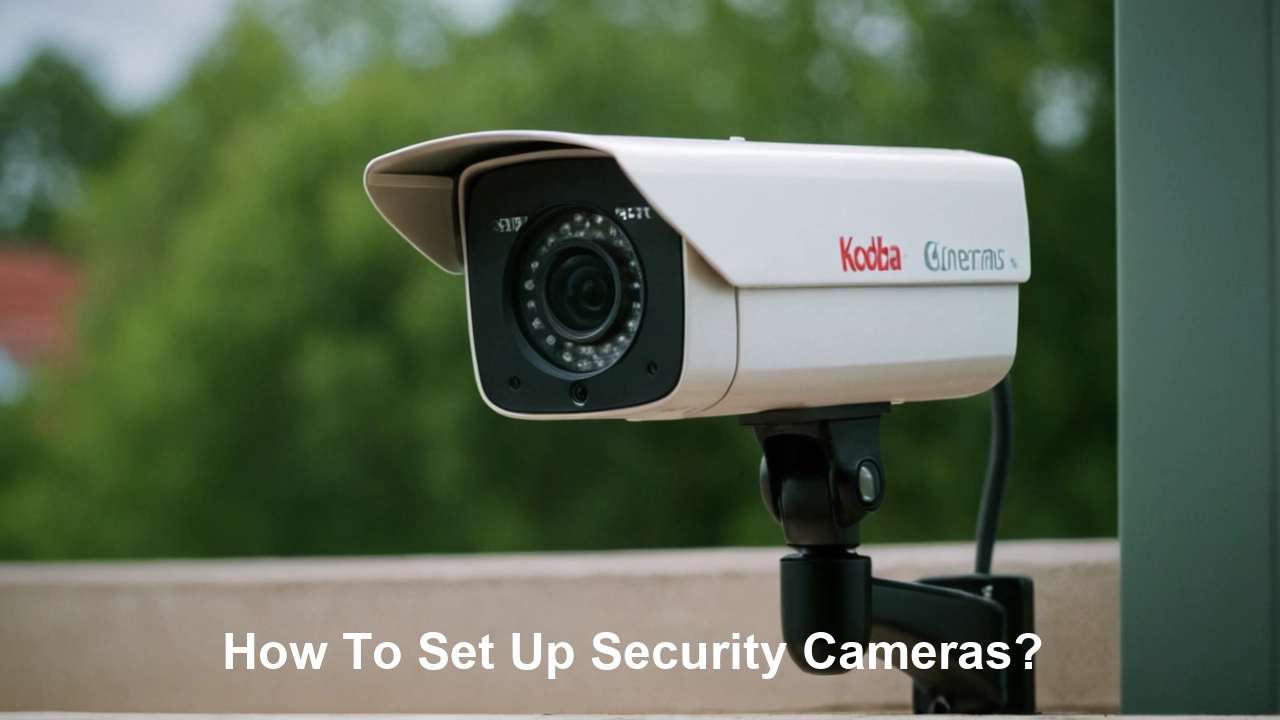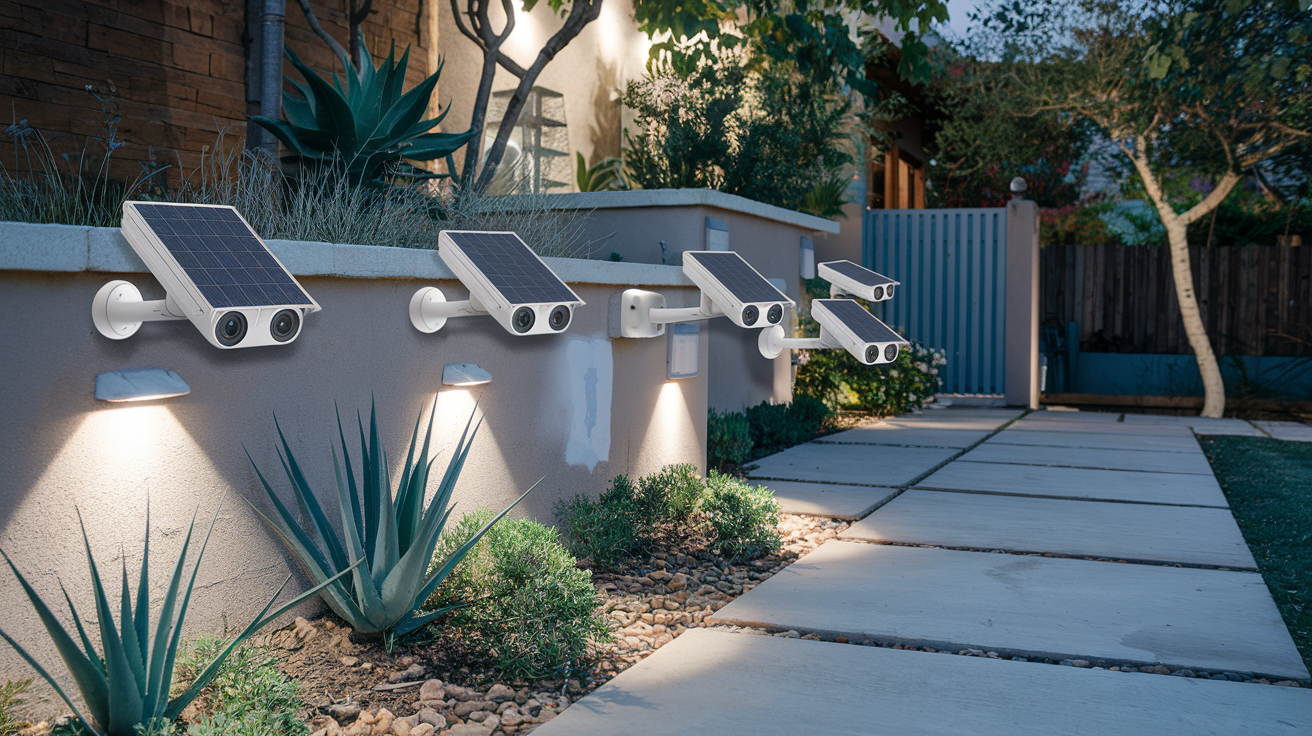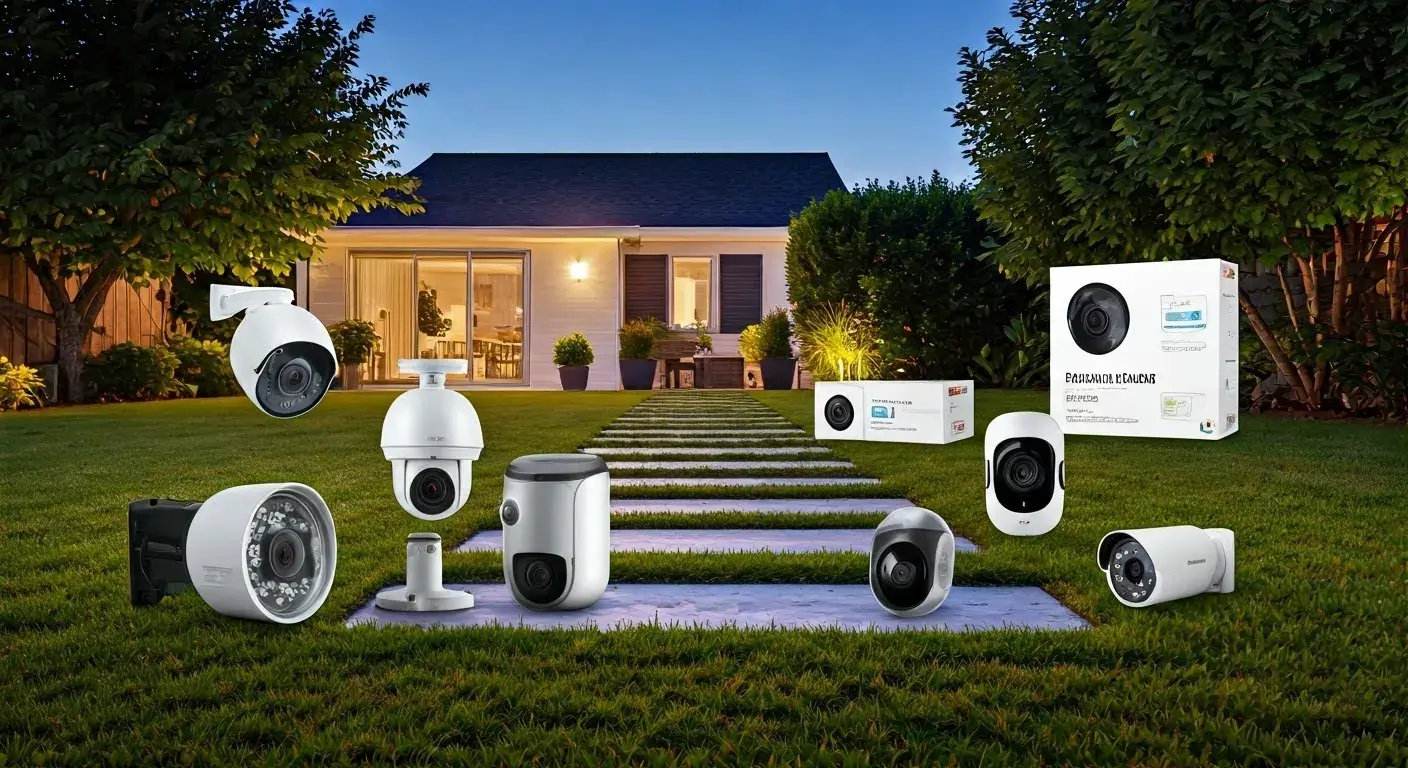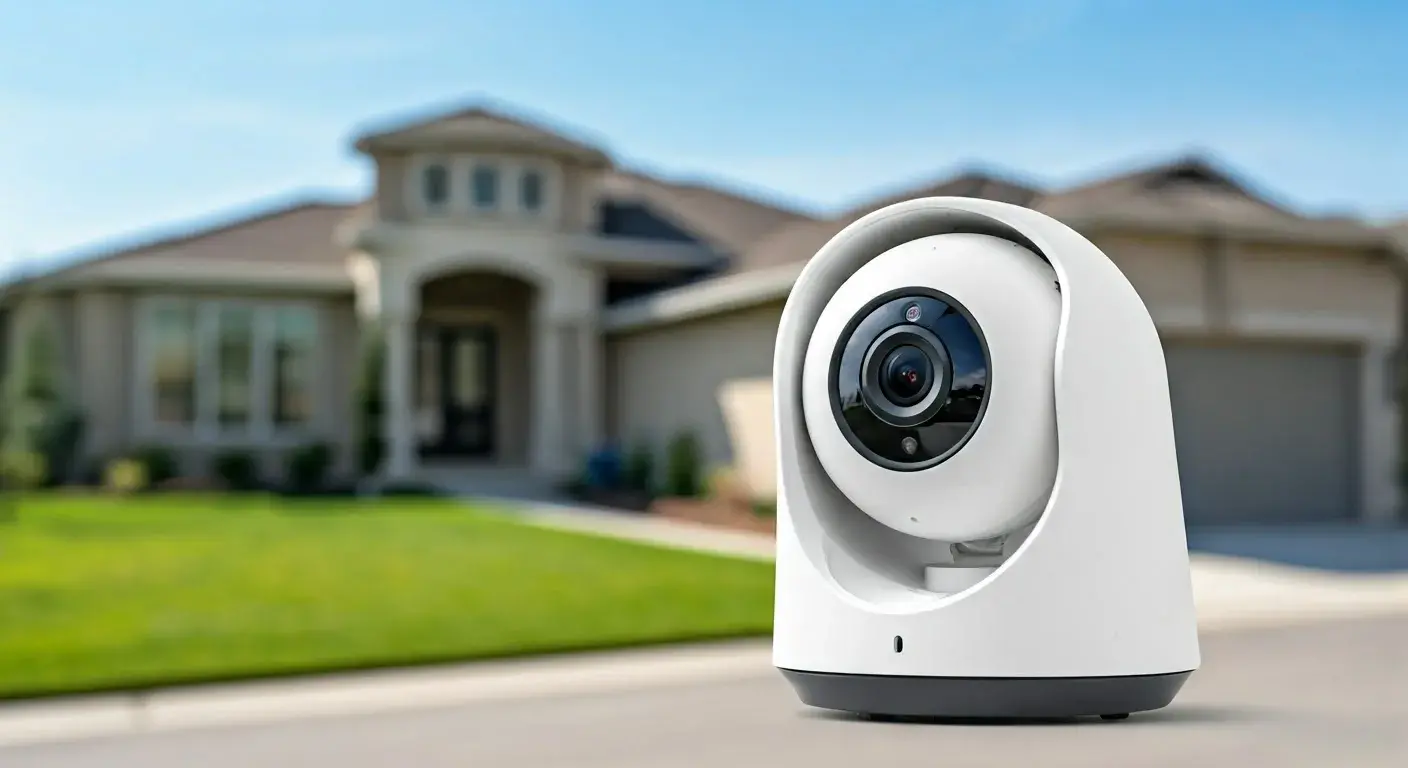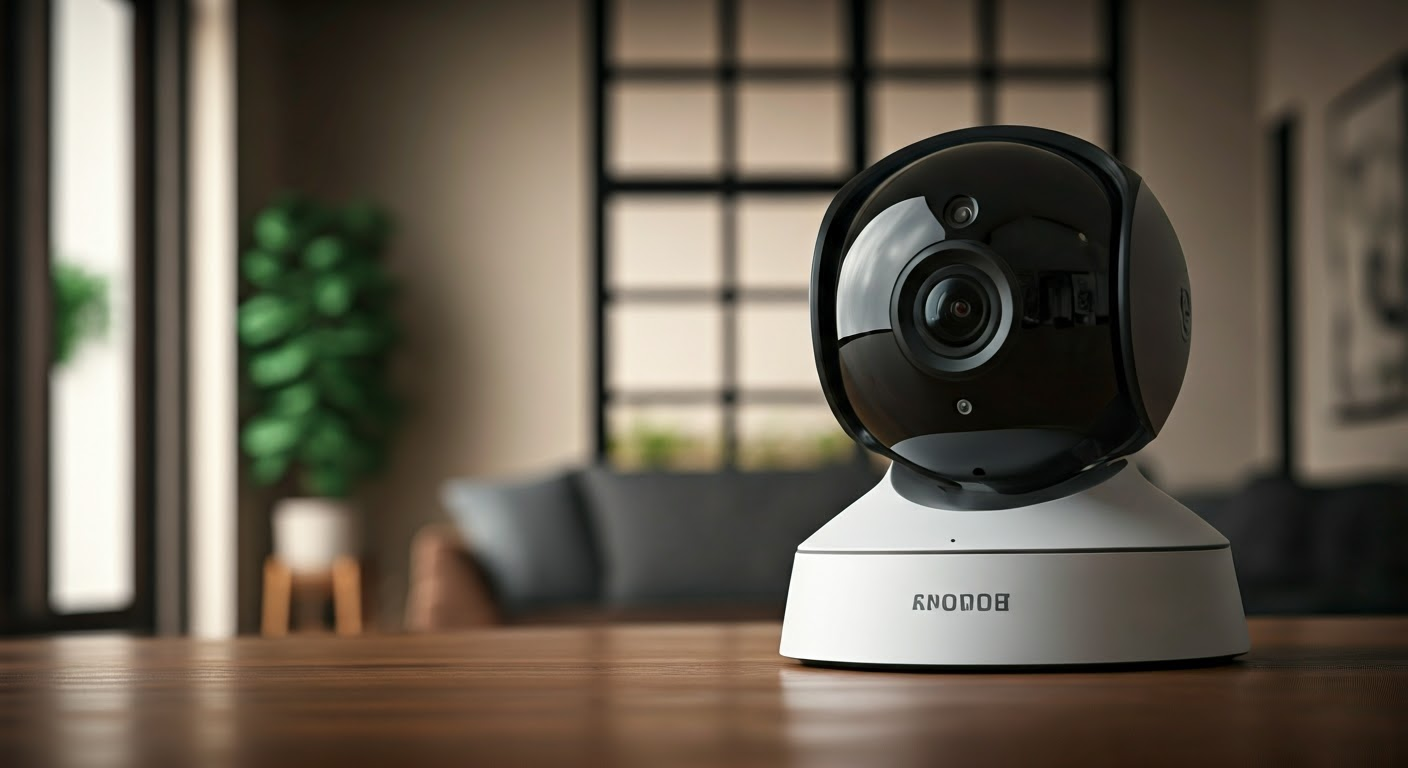Security cameras are one of the best methods of observing your house or business premises, and enhancing safety. Due to the availability of cheap and affordable cameras in the market today, it is now possible to install surveillance cameras. Here is a step-by-step guide on how to plan, purchase, install and configure security cameras to fit your requirements.
Assess Your Needs The first step is defining purpose of security cameras. Some of the reasons are to prevent crime, to oversee specific regions and to secure assets. This will define what kind of camera you need and where these should be installed. Finally, consider the field of view you wish to capture, the quality of video that will suffice your needs, and if you require the cameras for indoor or outdoor applications. If you are observing a vast compound such as the external perimeter of a building or an entire neighborhood, it is likely that you will require several cameras located at different vantage points. For instance, even small discreet cameras that are only to be used within the compound can be effective.
Think Wired or Wireless Camera Wire security cameras and wireless security cameras also have certain merits. Wired cameras require being connected to your home or business’s router or an NVR (network video recorder) for video transmission. Since they do not operate on batteries there are very few operational expenses associated with them. However, installation can be more complex particularly when the video cables have to be threaded through walls and ceiling. Wireless security cameras have their own wifi and are operated by batteries this hence makes installation more convenient since no wire or cable is needed. But they do require their batteries to be replaced periodically.
Choose a System Having provided an overview of each camera type, let’s think about an overall system. Total wireless systems are easy but highly efficient home security systems. This equipment comprises several wireless cameras and an NVR, which is used to record and store the captured videos. Wired camera systems offer better performance, but the NVR must be set up by a professional, and cables need to be run to the cameras’ locations. Hybrid systems have wired and wireless cameras so that the strengths of both systems may be obtained while minimizing the weaknesses.
Think of the Resolution of the Video and the FOV When choosing individual security cameras, focus on the video quality and the viewing angle. The resolution defines the quality of the videos to be produced – the higher the resolution, the more distinct the images are captured. Standard options include 720p (1280×720), 1080p (1920 x 1080) and 4K (3840 x 2160). Cameras of higher resolution are indeed costly. Field of view is the area that is visible through the lens of the camera. A wider field of view can cover large areas but people and objects in the picture look smaller. Related fields give more focused and detailed pictures. When it comes to resolution and field of view, it would be advisable to consider the mounting locations and the goals that the camera shall achieve.
The first and obvious distinction to make is between indoor and outdoor security cameras. Besides the possibility of being wired or wireless, security cameras designed for indoor or outdoor applications differ significantly in designs and parts. Outdoor cameras have to be protected from rain, snow or sunlight since they are installed outside. Their housing and lenses are weatherproof as befits their environments. They may also have vandal proofing like metal compartments where the items are stored to avoid interference. Other features that go hand in hand with outdoor security cameras include night vision that extends up to 30+ feet. Indoor cameras can be more subtle like micro cameras that blend in with the environment such as a drawer, a table or a wall. In other conditions, they rely on facial recognition and close-up images as opposed to all-weather performance.
Install Cameras Properly It is therefore prudent to realize that once you make the right choice of security cameras to buy, the next best thing that you should do is to ensure that the cameras are well placed and installed in the right manner to give you the best coverage. The simplest security camera system is with wireless security cameras. Check the connectivity of the camera and NVR system of the house. Then place the cameras at the right positions, possibly tweak the stand or the mounting bracket to enhance positioning and switch on the cameras. The NVR will be able to identify wireless cameras connected to the same network as the NVR. For wired cameras, first, connect them to NVR system with the help of Ethernet cables. Then install the cameras in appropriate ceiling, wall or surface with the required fixtures. Adjust lenses properly and turn on the security cameras. Physical installation is more complex especially when using wired cameras as compared to those that are wireless. However, this work proves worthwhile when it comes to consistent video quality on the platform in the long run.
Configure Surveillance System Settings The last part of the installation process is to set up various settings of the system after the cameras have been installed. From your computer, connect to your NVR system’s interface using the specified local network IP address. This way, individual cameras can be given descriptive names to make it easier to reference such as ‘Front Door’ or ‘Warehouse Area 1’. Define resolution frame rate and video clip length that is suitable for storage and streaming based on the surveillance requirements. Be cautious while setting up motion detection zones and the actions that they trigger. Finally, enter a password to prevent any alteration without permission. The end result is a polished multi-camera system ready for professional use in your environment.
Additional Tips Here are some additional tips when planning and installing security cameras:Here are some additional tips when planning and installing security cameras:
-
In outdoor cameras, ensure that the wiring access points are properly sealed to prevent water seepage and checked often.
-
Ensure there is enough room to accommodate any slight movements of the cameras in the future when using videos cables.
-
Check whether or not the surrounding environment is well illuminated to allow for good pictures at night. Install security lighting fixtures as you deem appropriate.
-
One should think about using cloud storage in order to save security camera footage if one relies on local NVR drives.
-
Put signs around the area to alert people that ‘this area is under surveillance cameras and in operation’.
The installation of security cameras requires one to undertake a process of research, planning and hard work. But the relief and security that you and your property enjoy make the effort all worth it in the long run. Focus on the area you wish to observe, select the most suitable cameras and options, and place them correctly. Ensure that you take time and go through some basic adjustments on the camera systems after installation. The end product is a surveillance system that meets your need and your pocket.
